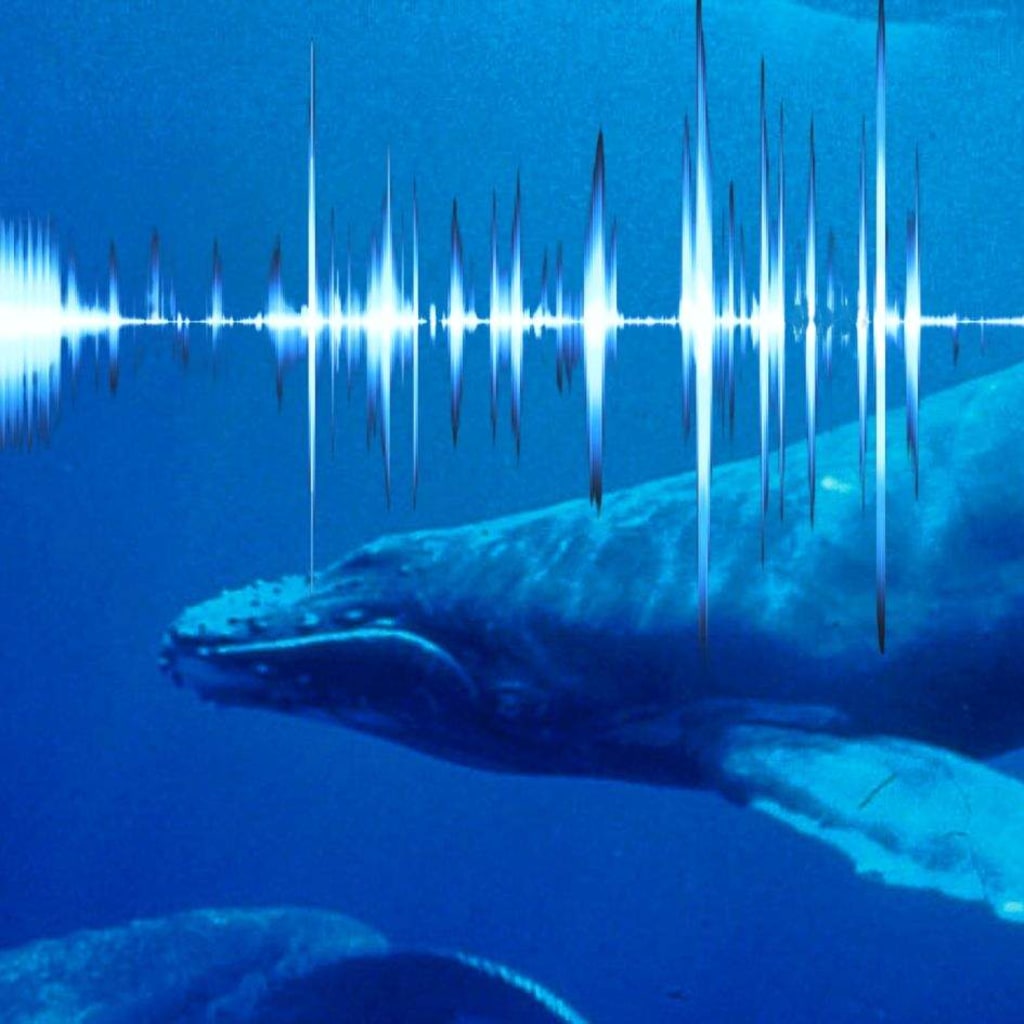The Enigmatic Symphony: Unveiling the Rich Cultural Tapestry of Whale Song
The Symphony of the Seas: Understanding the Cultural Depths of Whale Song

**The Enigmatic Symphony: Unveiling the Rich Cultural Tapestry of Whale Song**
Whales, the majestic giants of the deep, have a secret language that has intrigued scientists and enthusiasts alike for centuries. Their enchanting vocalizations, known as whale songs, are not just beautiful melodies echoing through the oceans; they represent a rich cultural tapestry that speaks of social bonds, shared traditions, and a profound understanding of the world they inhabit.
**Whale Song: An Intricate Cultural Expression**
Whale song is a complex vocalization produced primarily by baleen whales, including humpback whales, blue whales, and fin whales. These songs consist of melodic sequences of moans, cries, and tonal patterns that can last for hours. While the exact purpose of these songs remains a topic of ongoing research and speculation, their cultural significance cannot be denied.
**Cultural Learning and Tradition**
One of the most fascinating aspects of whale song is that it exhibits cultural diversity among different populations. Just as human cultures have distinct languages and traditions, humpback whale populations in different regions sing different songs. These songs are not innate but are instead passed down from generation to generation through cultural learning.
Young whales learn their specific songs by imitating older members of their group. As time passes, the songs evolve and develop, much like human languages, creating unique musical traditions specific to each population. This cultural transmission of knowledge suggests an advanced form of communication and indicates that whales have the ability to learn and preserve their cultural heritage.
**Whale Songs and Social Bonds**
Whale songs play a pivotal role in maintaining social bonds within their groups. They are believed to convey vital information about various aspects of their lives, such as:
1. **Location and Migration:** Whale songs may help whales communicate about the location of feeding grounds, migratory routes, and other significant landmarks. This information is crucial for the survival and navigation of the group.
2. **Reproduction and Courtship:** Male humpback whales, in particular, are known for their complex and elaborate songs. These songs are thought to be associated with courtship and mating rituals. The intricacy and length of the songs might serve as indicators of the male's health and fitness, attracting potential mates.
3. **Warning and Signaling:** Whale songs could also be a means of warning fellow group members about potential dangers, such as predators or hazardous environmental conditions.
The shared experience of singing and listening to these songs likely fosters a strong sense of community among the whales, reinforcing their social structures and bonds.
**The Evolution of Whale Songs**
Just as human cultures evolve over time, whale songs are not static. They continually change, adapt, and evolve within each population. Researchers have observed that new elements and phrases are added, while others may fade away. Over time, these changes can result in distinct variations in songs, separating one group of whales from another.
This ongoing evolution showcases the dynamic nature of whale culture, which, like human culture, is a living entity shaped by interactions, experiences, and adaptations.
**The Conservation Imperative**
Understanding and preserving whale song is not only a matter of scientific fascination but also a pressing conservation concern. Human activities, such as shipping, oil and gas exploration, and military sonar, introduce noise pollution into the ocean, disturbing whale communication and impeding their cultural practices.
Conservation efforts should focus on mitigating noise pollution, protecting critical whale habitats, and raising awareness about the importance of preserving these remarkable cultural expressions. By safeguarding their environment and respecting their cultural traditions, we can help ensure the continued existence of these intelligent and culturally sophisticated beings.
**Conclusion**
Whale song is not just a series of enchanting sounds in the ocean; it represents a window into the fascinating world of whale culture. The rich tapestry of their songs reveals intricate social bonds, cultural learning, and an understanding of their oceanic world. As we continue to explore and study these magnificent marine mammals, let us be motivated to preserve their cultural heritage and protect their habitats, ensuring that the haunting melodies of whale songs continue to echo through the seas for generations to come.
About the Creator
Erik Velazco
passionate about storytelling and eager to share unique perspectives, ideas, and imagination with the world.
Enjoyed the story? Support the Creator.
Subscribe for free to receive all their stories in your feed. You could also pledge your support or give them a one-off tip, letting them know you appreciate their work.






Comments
There are no comments for this story
Be the first to respond and start the conversation.